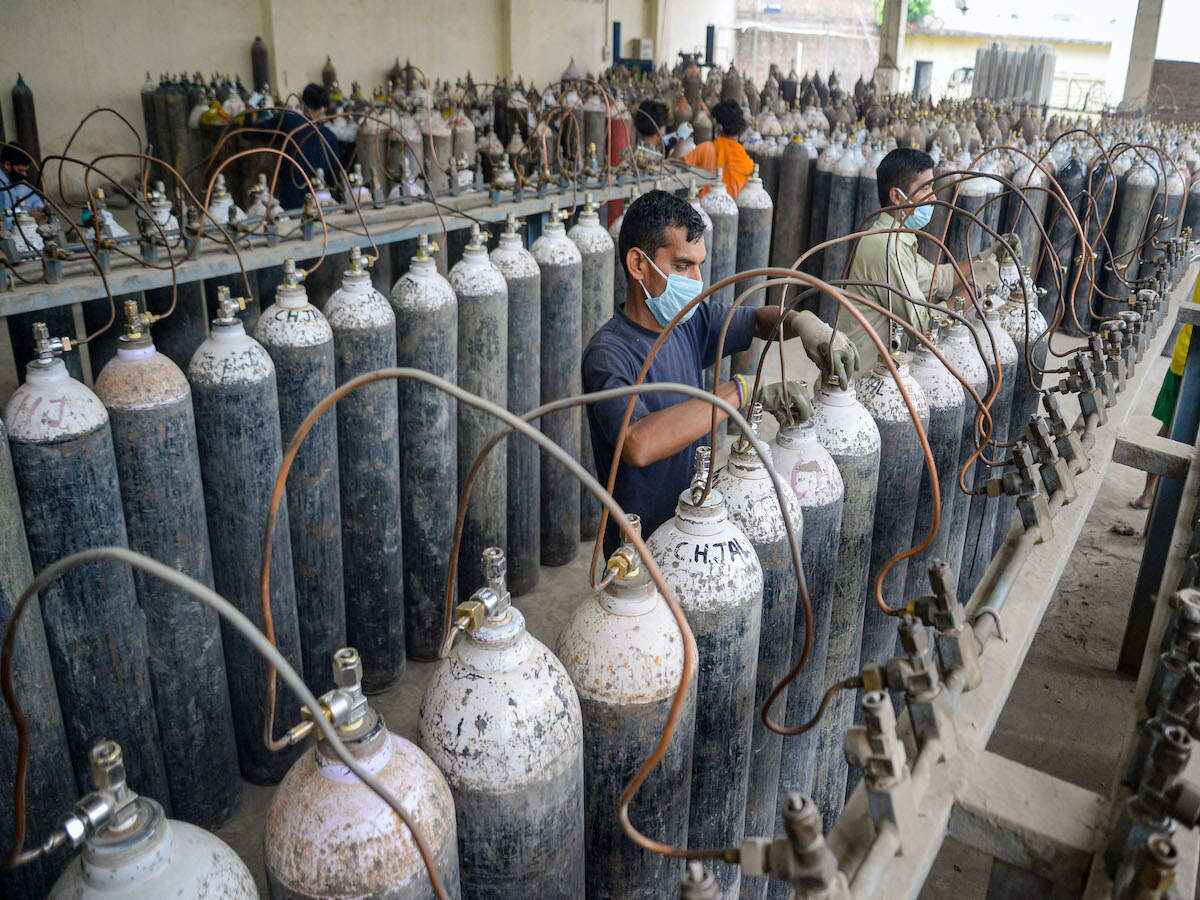Oxygen is an odourless, tasteless, colourless gas present all around us in the air we breathe. It is life-saving essential utility for all living beings. But Coronavirus has changed the entire situation now.
Medical oxygen is a necessary treatment for patients whose blood oxygen level is getting low. It is also an essential treatment for severe malaria, pneumonia and other health problems. However, unprecedented times have taught us that it is seldom available to people who need it the most. And, if it is available somewhere, it is often costly to the least fortunate and generally troubled.
Media coverage of the COVID-19 pandemic has made a moral panic over the collapsed healthcare facility in India. The shortage of ICU beds or ventilators is real but increasing the beds without fixing oxygen systems will not help. That is why all healthcare centres must focus on developing medical oxygen systems and installing on-site generators that provide an uninterrupted supply of oxygen whenever required.
PSA (Pressure Swing Adsorption) technology is a practical option for the on-site generation of Oxygen for Medical use and is being used for more than 30 years in the medical industry.
How do Medical Oxygen Generators work?
Ambient air has 78% Nitrogen, 21% Oxygen, 0.9% Argon and 0.1% trace of other gases. MVS on-site Medical Oxygen Generators separate this oxygen from Compressed Air through a process called Pressure Swing Adsorption (PSA).
In this process, nitrogen is separated out, resulting in 93 to 94% pure oxygen as resultant product gas. PSA process consists of zeolite packed towers, and it depends on the fact that various gases have the property to be attracted to different sturdy surface less or more intensely. This takes place with nitrogen, too-N2 gets attracted to the zeolites. As the air is compressed, N2 is constrained into the crystalline cages of the zeolite, and the oxygen is less adsorbed and passed on to the furthest limit of the zeolite bed and eventually recuperated in the oxygen buffer tank.
Two zeolite beds are utilized together: One filters air under pressure until it gets soaked with nitrogen while oxygen passes through. The second filter starts to do likewise while the first is recovered as nitrogen is expulsed by de-pressurizing the pressure. The cycle repeats itself, storing the oxygen in a tank.
Post time: Dec-27-2021


